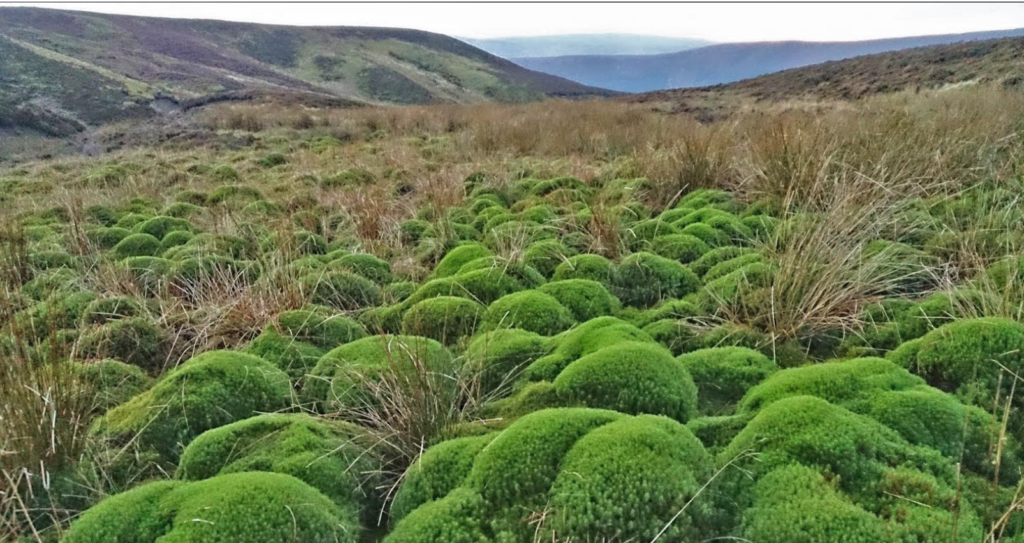Feature: Knowledge gaps are limiting the effective restoration of peatland habitat
Long-term research is required to understand the true impacts of different peatland management techniques. For the last 20 years, SEI has studied the effect of different management practices on UK peatlands.

Peatlands in the UK were formed about 6000–8000 years ago following the end of the last ice age. Due to the cold and wet conditions, organic matter input from vegetation does not decompose completely and so peat is formed. This peat has accumulated to a depth of about 2-3 metres, covering much of the UK uplands in a “peat blanket”.
Globally, peatlands occupy only 3% of the global land area, but contain about a quarter of the carbon that is stored in soils – twice the amount of carbon stored in all the world’s forests. However, peat carbon stores are vulnerable to climate change and insensitive management, which disrupts the peat hydrology and increases the rate of decomposition, ultimately degrades the peatland. Instead of absorbing carbon from the atmosphere and effectively mitigating against climate change, degraded peatlands often release carbon and thus exacerbate climate warming. In addition, wet peatlands can also release large amounts of methane, a potent greenhouse gas and large contributor to climate change.
Restoring and improving the carbon storage potential of peatlands helps to mitigate climate change. However, current global models do not yet fully account for the peatland carbon cycle and its potential feedbacks on global climate via altering atmospheric carbon dioxide and methane concentrations.
For example, in the UK, there are knowledge gaps on how the carbon cycle of heather-dominated upland blanket bogs responds to climate change and how management techniques, such as prescribed vegetation burning or alternative cutting could help support peatland resilience to climate change impacts.
We particularly need to understand more about the impacts of management on soil organisms affecting peat carbon storage, decomposition rates and methane emissions to maximize peatlands’ climate benefits from management. We also need to understand more about how to restore historically degraded peatlands, such as those that have been drained for farmland or recreate those lost due peat cutting for fuel.
For all media enquiries please contact:
Frances Dixon
frances.dixon@york.ac.uk
+44 (0) 7859147820
@fdisxonSEI
For all media enquiries please contact:

Frances Dixon
Communication Specialist
frances.dixon@york.ac.uk
+44 (0) 7859147820
fdisxonSEI
For all media enquiries please contact:
Frances Dixon
frances.dixon@york.ac.uk
+44 (0) 7859147820
@fdisxonSEI